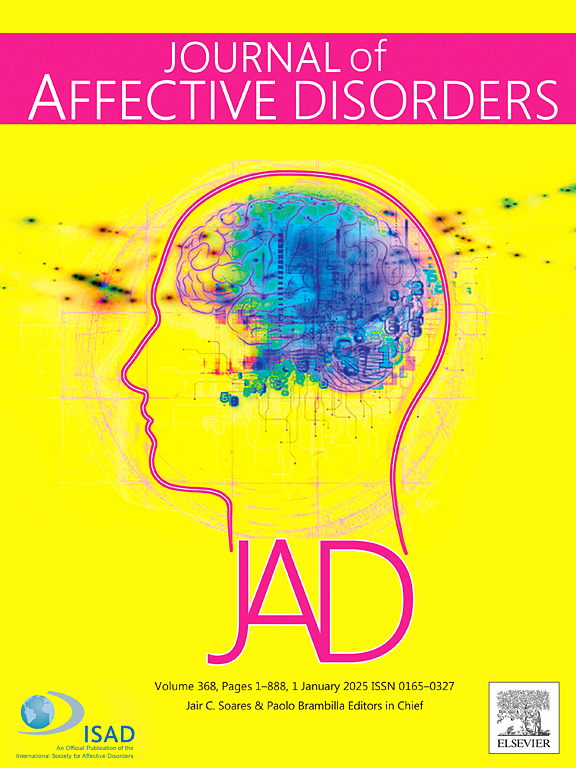Recent potential traumatic events and high PTSD-symptom levels are not associated with an increase in negative beliefs or expectations about oneself: A prospective, comparative, population-based study
IF 4.9
2区 医学
Q1 CLINICAL NEUROLOGY
引用次数: 0
Abstract
Background
Persistent and exaggerated negative beliefs or expectations about oneself is one of the symptoms of PTSD (DSM-5), but the extent to which recent potential traumatic events (PTEs) increase these beliefs is largely unknown.
Methods
To examine this effect, a two-wave prospective study design (T1–T2) was applied. We extracted data from the Victims in Modern Society (VICTIMS)—study assessing PTEs and PTSD-symptomatology and the Core study Personality assessing self-esteem (2018–2023), that were conducted with the population-based Dutch LISS panel. General Linear Models (GLM) were performed to compare the one-year course of self-esteem (T1–T2) among adult respondents exposed to PTEs (N = 754) between T1 and T2 and a non-exposed comparison group (N = 4918). Intercorrelations of self-esteem (T1–T2) within subgroups were compared using Fisher Z-Transformation.
Limitations
We did not examine potentially delayed effects of PTEs on self-esteem after T2.
Results
The course of self-esteem did not differ between the comparison group and PTE groups with and without high PTSD-symptom levels (PTSS), although the last group had a lower self-esteem. Within the PTE group, those with higher levels of the PTSD-symptom ‘negative beliefs about oneself’ did not differ in the course of self-esteem, although they had a lower self-esteem. Intercorrelations of self-esteem were high and hardly differed between subgroups.
Conclusions
We found no evidence that PTEs and PTSS systematically increase negative beliefs about oneself. Affected adults respondents with PTSS already had lower pre-event self-esteem levels. Findings question the diagnostic utility of the DSM-5 criterion referring to negative beliefs or expectations about oneself.
求助全文
约1分钟内获得全文
求助全文
来源期刊

Journal of affective disorders
医学-精神病学
CiteScore
10.90
自引率
6.10%
发文量
1319
审稿时长
9.3 weeks
期刊介绍:
The Journal of Affective Disorders publishes papers concerned with affective disorders in the widest sense: depression, mania, mood spectrum, emotions and personality, anxiety and stress. It is interdisciplinary and aims to bring together different approaches for a diverse readership. Top quality papers will be accepted dealing with any aspect of affective disorders, including neuroimaging, cognitive neurosciences, genetics, molecular biology, experimental and clinical neurosciences, pharmacology, neuroimmunoendocrinology, intervention and treatment trials.
 求助内容:
求助内容: 应助结果提醒方式:
应助结果提醒方式:


